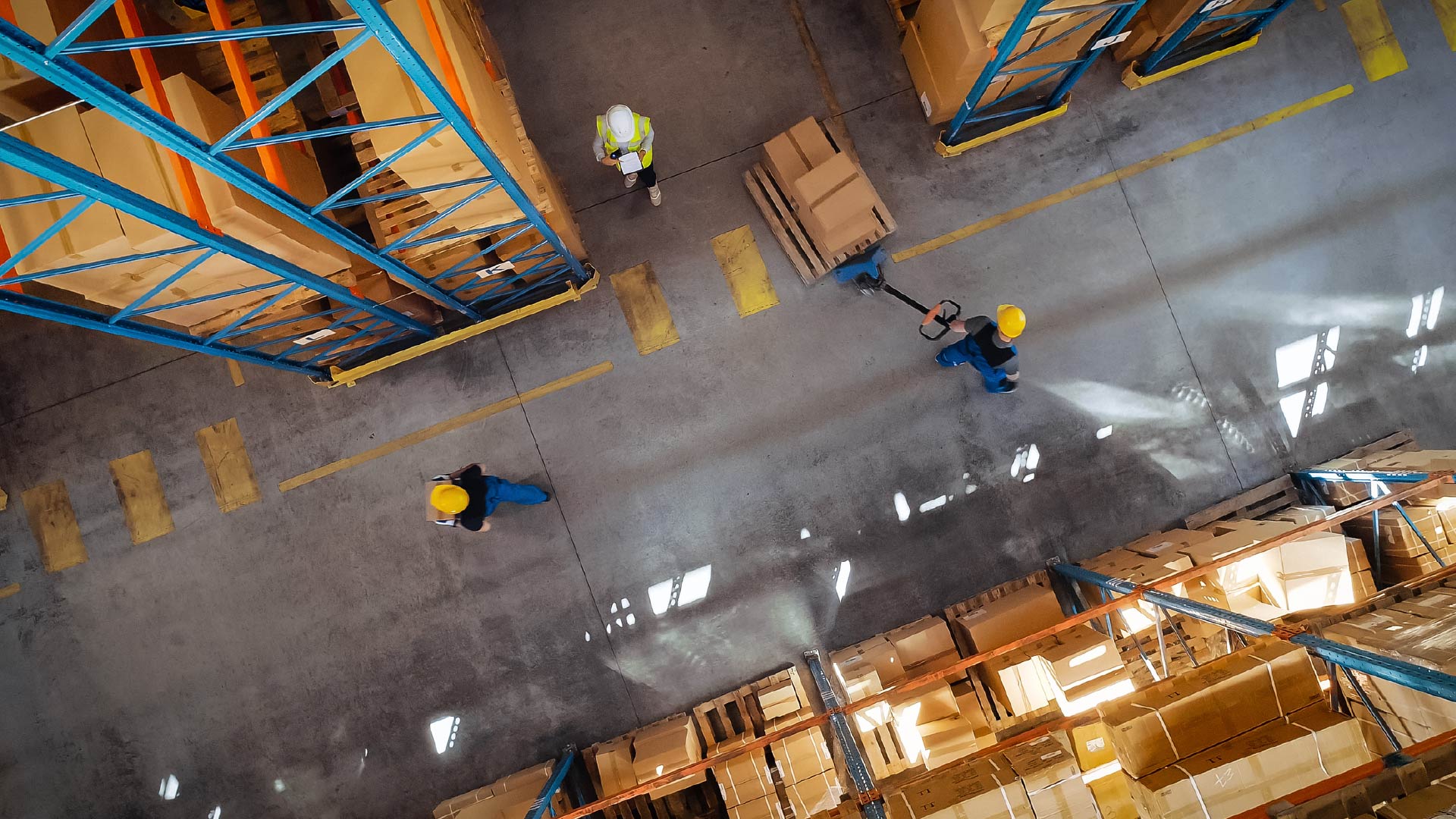Do You Hear The Equipment Sing?

Harry Wilson
Electrical equipment is noisy. Alternating current passing through wires or appliances creates magnetic field fluctuations, which go on to cause vibrations and – as we hear it – noise. Just as a sound wave can be harmonically in or out of tune with another, so too can electrical waves, giving rise to the term ‘harmonic distortion’. This distortion is caused by power control equipment: switches, relays, transformers – all components typically found in everyday electronics. As unlikely as it sounds, we can use this distortion to identify equipment not ‘playing in tune’…
In its Mindsett PRISM monitor, facilities management firm Cloudfm has brought to market an offering that allows facility and energy managers to monitor their equipment at the harmonic level. The PRISM device is installed on existing electrical distribution boards and analyses the current being drawn by equipment. Through this, it can determine whether the equipment is operating normally, needs maintenance, or needs replacing. The solution also allows for the identification of out-of-hours and irregular energy use, helping customers reduce energy wastage and achieve sustainability targets.
The true value in this offering is the database Mindsett is developing for a range of both landlord and tenant electrical equipment: the more equipment under harmonic surveillance, the greater the knowledge pool for the machine learning algorithms to learn from. The device has already been deployed at retail and commercial sites across the UK. Equipment from pizza ovens to chillers is currently being monitored and ‘fingerprinted’ by the AI to develop baseline harmonic distortion profiles, so it can subsequently alert managers when the profile differs. This allows for maintenance of equipment prior to failure, preventing downtime and reducing financial expense.
Centrica Business Solution’s Panoramic Power™ offering is also bringing equipment level monitoring to the market with a manufacturing focus. In manufacturing facilities, the primary energy consumption is process related and organizations are starting to recognize that – to reduce their environmental footprint – they need to understand how and when heavy machinery is operating. By connecting a range of sensors to the equipment power cables themselves, rather than relying on submetering at distribution board level, Panoramic Power can identify irregular and inefficient operation by comparison with manufacturing output data. The solution allows for predictive maintenance and has so far been deployed at more than 5,000 light commercial and industrial sites globally. Predictive maintenance is a fast-growing segment for industries: a recent Verdantix market size and forecast report predicts that the industrial asset maintenance software market will reach $11.5 billion by 2028.
In the current age of energy scarcity, firms are making a conscious effort to reduce energy wastage. As a response to this, alongside the ever-present need to ensure uptime of essential equipment, we will see more of these equipment-level monitoring solutions come to market. The key differentiator, ultimately, will remain which vendors have the biggest database of normal operating profiles – or, as it could be termed, the most in-tune ‘ears’.
For insights related to asset management predictive maintenance, please read Verdantix Best Practices: Transitioning To Predictive Maintenance For Enhanced Asset Management and An Essential Guide To Predictive Maintenance.
For more insights on predictive maintenance in buildings, please see Verdantix Green Quadrant: IoT Platforms For Smart Buildings 2022.About The Author

Harry Wilson
Senior Analyst





